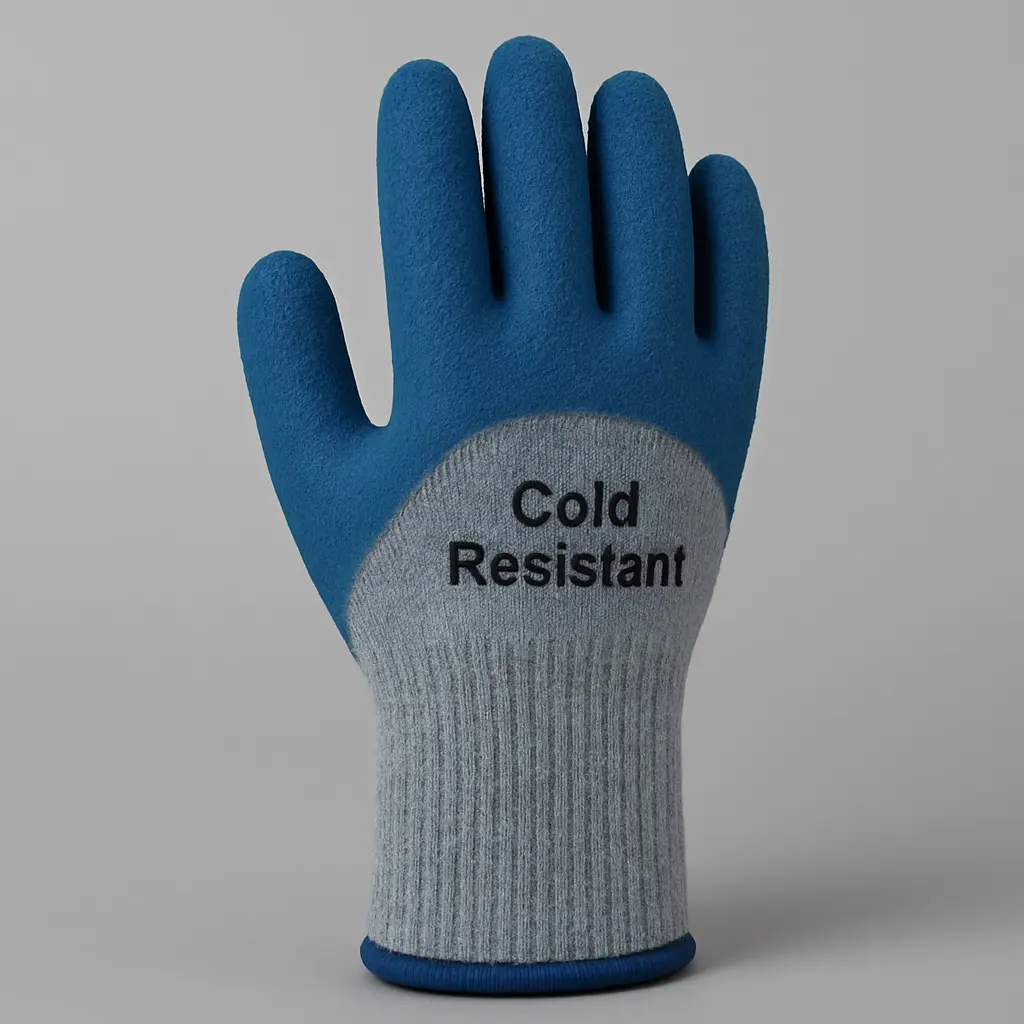Cold-resistant gloves are personal protective equipment designed to protect the hands of individuals working in low-temperature conditions from frostbite, loss of sensation, and cold-induced tissue damage. These gloves aim to preserve body heat through thermal insulation properties while also providing sufficient dexterity and grip capability to the user. They are among the essential equipment for ensuring occupational safety in cold environments.
History and Development of Cold-Protective Gloves
The use of gloves dates back to prehistoric times. In Ancient Egypt, workers are known to have used glove-like protectors to safeguard their hands. Similarly, in Ancient Greek and Roman times, gloves were employed for both protection from cold and to assist in various tasks. Notably, the Persians used gloves to protect their hands in cold climates. During the Middle Ages, gloves held both functional and symbolic significance. In cold climates, particularly in Northern Europe, gloves made from materials such as fur and wool were commonly used for protection against the cold.
Additionally, gloves were considered symbols of social status during this period. With the Industrial Revolution in the 18th and 19th centuries, the production and usage of gloves increased significantly. The new working conditions brought by industrialization necessitated the protection of workers’ hands, leading to the development of protective gloves. Gloves made of materials such as leather and cotton became indispensable protective equipment for workers in cold environments. In the 20th century, technological advancements further developed the materials and techniques used in glove manufacturing. The use of synthetic materials improved the waterproofing, breathability, and thermal insulation features of gloves. Gloves designed for extreme cold conditions also became subjects of scientific research. For instance, a study conducted in Antarctica evaluated the performance of various gloves in cold weather, concluding that some types were more effective at maintaining safe finger temperatures.
Today, protective gloves against cold are manufactured using various materials and technologies. Standard features include thermal insulation layers, waterproof outer shells, breathable inner linings, and touchscreen compatibility. Moreover, some gloves are equipped with integrated heating systems to keep hands warm even in extreme cold.
General Features
Cold-resistant gloves are designed to protect against both convective and conductive cold down to -50 °C. These gloves typically have a multilayered structure, including water-resistant outer shells and thermally insulating inner linings. Wrist closure systems are also employed to prevent cold air infiltration.

Cold-Resistant Glove (Generated with Artificial Intelligence)
Standards and Certification
The production and testing of these gloves must comply with international standards. Specifically, the TS EN 511:2006 standard evaluates the thermal insulation performance of protective gloves used in cold environments. It tests properties such as resistance to convective cold, conductive cold, and water permeability. In addition, the EN 388:2016 standard defines secondary safety features such as protection against mechanical risks (cutting, puncture, abrasion).
Areas of Use
Cold-resistant gloves are widely used across various sectors, including cold storage facilities and food logistics, road and railway construction sites during winter, agricultural and livestock activities, ice skating rinks and winter sports equipment services, and emergency response and search-and-rescue teams.
Ergonomics and Risk Assessment
Hand mobility is critical for work efficiency and safety in cold environments. Therefore, gloves must be not only insulating but also flexible and grip-friendly. Inadequate glove usage can pose serious risks of frostbite and work-related injuries. Cold-resistant gloves are considered mandatory personal protective equipment in terms of occupational health and safety. They protect personnel working in low temperatures from cold-related injuries and are regulated by various standards for both ergonomics and functionality. These gloves are fundamental to safety in both industrial and individual activities in cold climates.


